Home>Gardening & Outdoor>Landscaping Ideas>How Fast Can Grass Grow
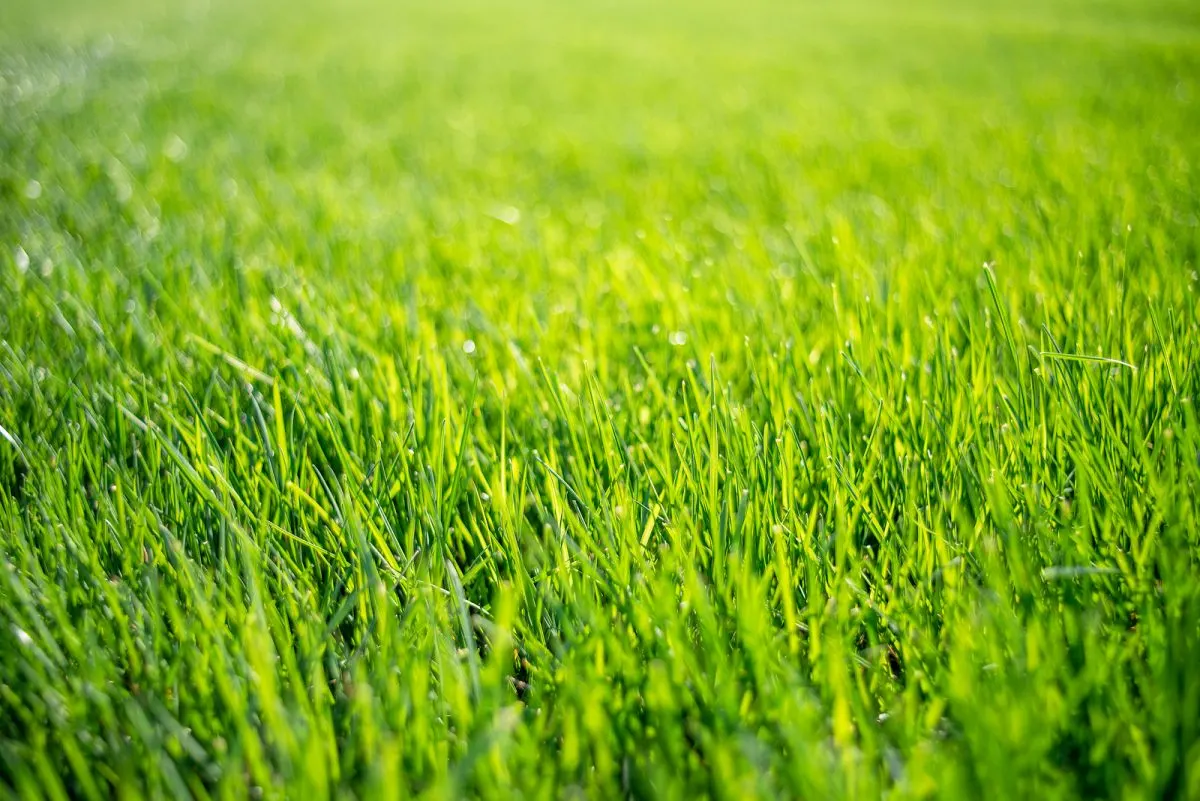

Landscaping Ideas
How Fast Can Grass Grow
Modified: February 18, 2024
Discover expert landscaping ideas and learn how fast grass can grow with our comprehensive guide. Transform your outdoor space with our tips and advice.
(Many of the links in this article redirect to a specific reviewed product. Your purchase of these products through affiliate links helps to generate commission for Storables.com, at no extra cost. Learn more)
Introduction
Grass, the lush green carpet that adorns lawns and landscapes, is not just a simple plant; it's a symbol of natural beauty and tranquility. The growth of grass is a fascinating process that captivates the attention of homeowners, landscapers, and gardening enthusiasts alike. Understanding the factors that influence the growth of grass and the methods to promote its rapid development can significantly impact the aesthetics and health of any outdoor space.
The speed at which grass grows is a topic of interest for many individuals involved in landscaping and lawn care. Whether it's the desire to establish a new lawn quickly or the need to rejuvenate a patchy or worn-out turf, the rate of grass growth plays a crucial role in achieving the desired landscape aesthetics. Moreover, comprehending the growth patterns of different types of grass and the environmental factors that influence their development is essential for successful lawn maintenance and landscaping projects.
In this comprehensive guide, we will delve into the intriguing world of grass growth, exploring the various factors that affect its development and the strategies to promote faster and healthier growth. By gaining insights into the intricate mechanisms that drive the growth of grass, readers will be empowered to make informed decisions and take proactive steps to nurture vibrant and resilient lawns and landscapes. So, let's embark on this enlightening journey to uncover the secrets of how fast grass can grow and the means to harness its full potential.
Key Takeaways:
- Grass growth is influenced by climate, soil, watering, and grass type. Understanding these factors helps create vibrant and healthy lawns and landscapes.
- To promote faster grass growth, prepare soil, choose quality seed, water properly, fertilize, maintain, control pests, and monitor progress for lush lawns.
Read more: How To Grow Lawn Grass Fast
Factors Affecting the Growth of Grass
The growth of grass is influenced by a myriad of factors, each playing a pivotal role in shaping its development. Understanding these factors is essential for anyone seeking to foster healthy and vibrant lawns or landscapes. Here are the key elements that significantly impact the growth of grass:
1. Climate and Weather Conditions
The climate and weather conditions in a particular region have a profound effect on the growth of grass. Factors such as temperature, precipitation, and sunlight exposure directly influence the rate at which grass can grow. For instance, cool-season grasses thrive in regions with moderate temperatures, while warm-season grasses flourish in hotter climates. Adequate sunlight and consistent rainfall or irrigation are essential for promoting optimal grass growth.
2. Soil Quality and Composition
The quality and composition of the soil play a crucial role in determining the growth rate of grass. Factors such as soil pH, nutrient levels, compaction, and drainage capacity directly impact the ability of grass to establish strong root systems and access essential nutrients. Well-draining, nutrient-rich soil with a balanced pH level provides an ideal environment for robust grass growth.
3. Watering and Irrigation Practices
Proper watering and irrigation practices are vital for sustaining healthy grass growth. Inadequate or excessive watering can hinder the development of grass, leading to issues such as dehydration or waterlogging. Consistent and deep watering, especially during the early stages of growth, promotes strong root development and overall resilience.
Read more: How To Stop Grass From Growing Fast
4. Lawn Maintenance and Care
Regular maintenance and care practices, including mowing, fertilization, and weed control, directly impact the growth and health of grass. Proper mowing height, timely fertilization, and effective weed management contribute to the overall vigor and density of the grass, fostering an environment conducive to rapid growth.
5. Grass Species and Varieties
Different species and varieties of grass exhibit varying growth rates and adaptability to specific environmental conditions. Understanding the characteristics of the chosen grass species is crucial for optimizing growth potential and ensuring successful establishment in a given landscape.
By considering and addressing these influential factors, individuals can effectively nurture the growth of grass, fostering lush and resilient lawns and landscapes. Understanding the intricate interplay of these elements empowers individuals to make informed decisions and implement targeted strategies to promote faster and healthier grass growth.
The Growth Rate of Different Types of Grass
The growth rate of grass varies significantly among different types and species, each exhibiting distinct characteristics and adaptability to specific environmental conditions. Understanding the growth patterns of various grasses is essential for selecting the most suitable options for specific landscaping or lawn projects. Here's an insightful exploration of the growth rates of different types of grass:
1. Cool-Season Grasses
Cool-season grasses, including varieties such as Kentucky bluegrass, fescue, and ryegrass, thrive in regions with moderate temperatures and are known for their rapid growth during the cooler months. These grasses exhibit robust growth in spring and fall when temperatures are mild, making them ideal choices for lawns in northern regions. The growth rate of cool-season grasses is characterized by vigorous expansion and rejuvenation during the optimal temperature range of 60 to 75 degrees Fahrenheit.
Read more: How Fast Does Monkey Grass Grow
2. Warm-Season Grasses
In contrast, warm-season grasses, such as Bermuda grass, Zoysia grass, and St. Augustine grass, demonstrate accelerated growth during the warmer months, particularly in regions with hot climates. These grasses exhibit a rapid growth spurt during the peak of summer, thriving in temperatures ranging from 80 to 95 degrees Fahrenheit. Their growth rate is influenced by ample sunlight and heat, allowing them to establish dense and resilient turf during the peak growing season.
3. Fine-Textured Grasses
Fine-textured grasses, including varieties such as bentgrass and fine fescue, are renowned for their relatively slower growth rate compared to other grass types. These grasses exhibit a more delicate growth pattern, producing a finer and denser turf that requires meticulous care and maintenance. While their growth rate may be slower, fine-textured grasses contribute to the lushness and aesthetic appeal of lawns and landscapes.
4. Coarse-Textured Grasses
On the other hand, coarse-textured grasses, such as Bahia grass and Centipede grass, are characterized by their rapid growth and robust nature. These grasses exhibit a vigorous growth rate, quickly establishing thick and resilient turf in a variety of environmental conditions. Their ability to thrive in diverse climates and soil types makes them popular choices for areas where fast coverage and durability are essential.
By understanding the growth rates and characteristics of different types of grass, individuals can make informed decisions when selecting the most suitable grass species for their specific landscaping or lawn care needs. Whether aiming for rapid establishment, fine-textured aesthetics, or robust resilience, the diverse growth rates of various grasses offer a spectrum of options to create vibrant and healthy lawns and landscapes.
How to Promote Faster Grass Growth
Promoting faster grass growth involves implementing targeted strategies that address key factors influencing the development of lush and resilient turf. By leveraging proven techniques and best practices, individuals can effectively nurture the growth of grass, fostering vibrant and healthy lawns and landscapes. Here are essential methods to promote faster grass growth:
-
Optimal Soil Preparation: Prior to seeding or sodding, preparing the soil to create an ideal growing environment is crucial. This involves loosening compacted soil, incorporating organic matter, and ensuring proper drainage to facilitate root development and nutrient absorption.
-
Selection of Quality Grass Seed or Sod: Choosing high-quality grass seed or sod that is well-suited to the specific climate and soil conditions of the area is essential for promoting rapid and successful grass growth. Opting for certified seed varieties or healthy sod ensures the establishment of vigorous turf.
-
Adequate Watering: Providing consistent and adequate moisture is vital for promoting faster grass growth. During the initial stages of establishment, frequent and light watering is recommended to keep the soil moist. As the grass matures, transitioning to deeper and less frequent watering encourages robust root development.
-
Proper Fertilization: Applying a balanced fertilizer at the right time and in the correct amounts provides essential nutrients that support healthy grass growth. Understanding the nutrient requirements of the chosen grass species is crucial for promoting optimal development.
-
Regular Mowing and Maintenance: Maintaining the appropriate mowing height and frequency promotes the density and vigor of the grass. Additionally, removing thatch buildup and ensuring proper aeration contribute to an environment conducive to faster grass growth.
-
Weed and Pest Control: Effectively managing weeds and pests that compete with grass for essential resources is essential for promoting unhindered growth. Implementing targeted control measures safeguards the grass from potential threats, allowing it to thrive and expand rapidly.
-
Monitoring and Adjusting: Regular monitoring of the grass growth and making necessary adjustments based on its progress and response to environmental conditions is crucial. This includes adapting watering schedules, fertilization practices, and maintenance routines to optimize growth.
By incorporating these strategies into lawn care and landscaping practices, individuals can effectively promote faster grass growth, resulting in lush, resilient, and visually appealing lawns and landscapes. Understanding the interplay of these methods and tailoring them to specific environmental conditions empowers individuals to nurture vibrant and healthy grass with accelerated growth potential.
Read more: How Fast Does Zoysia Grass Grow
Conclusion
In conclusion, the growth of grass is a dynamic and multifaceted process influenced by a diverse array of factors, including climate, soil quality, watering practices, and grass species. Understanding the intricate interplay of these elements is essential for fostering rapid and healthy grass growth in lawns and landscapes. By delving into the growth rates of different grass types and exploring effective strategies to promote faster growth, individuals can empower themselves to cultivate vibrant and resilient turf that enhances the beauty and functionality of outdoor spaces.
The diverse growth rates exhibited by cool-season, warm-season, fine-textured, and coarse-textured grasses offer a spectrum of options for creating lush and visually appealing lawns. Whether aiming for rapid establishment, fine-textured aesthetics, or robust resilience, the characteristics of various grass types provide valuable insights for selecting the most suitable options for specific landscaping or lawn care needs.
Moreover, the implementation of targeted strategies, such as optimal soil preparation, selection of quality grass seed or sod, adequate watering, proper fertilization, regular maintenance, and vigilant weed and pest control, plays a pivotal role in promoting faster grass growth. By integrating these methods into lawn care and landscaping practices, individuals can create an environment conducive to robust and accelerated grass development, resulting in vibrant and healthy lawns and landscapes.
Ultimately, the journey to uncover the secrets of how fast grass can grow and the means to harness its full potential is a rewarding endeavor. Armed with knowledge and practical insights into the factors influencing grass growth and the strategies to promote its rapid development, individuals are equipped to make informed decisions and take proactive steps to nurture thriving and visually stunning lawns and landscapes. By embracing the art and science of grass growth, individuals can transform outdoor spaces into captivating havens of natural beauty and tranquility, where the lush green carpet of grass flourishes with vitality and grace.
Frequently Asked Questions about How Fast Can Grass Grow
Was this page helpful?
At Storables.com, we guarantee accurate and reliable information. Our content, validated by Expert Board Contributors, is crafted following stringent Editorial Policies. We're committed to providing you with well-researched, expert-backed insights for all your informational needs.
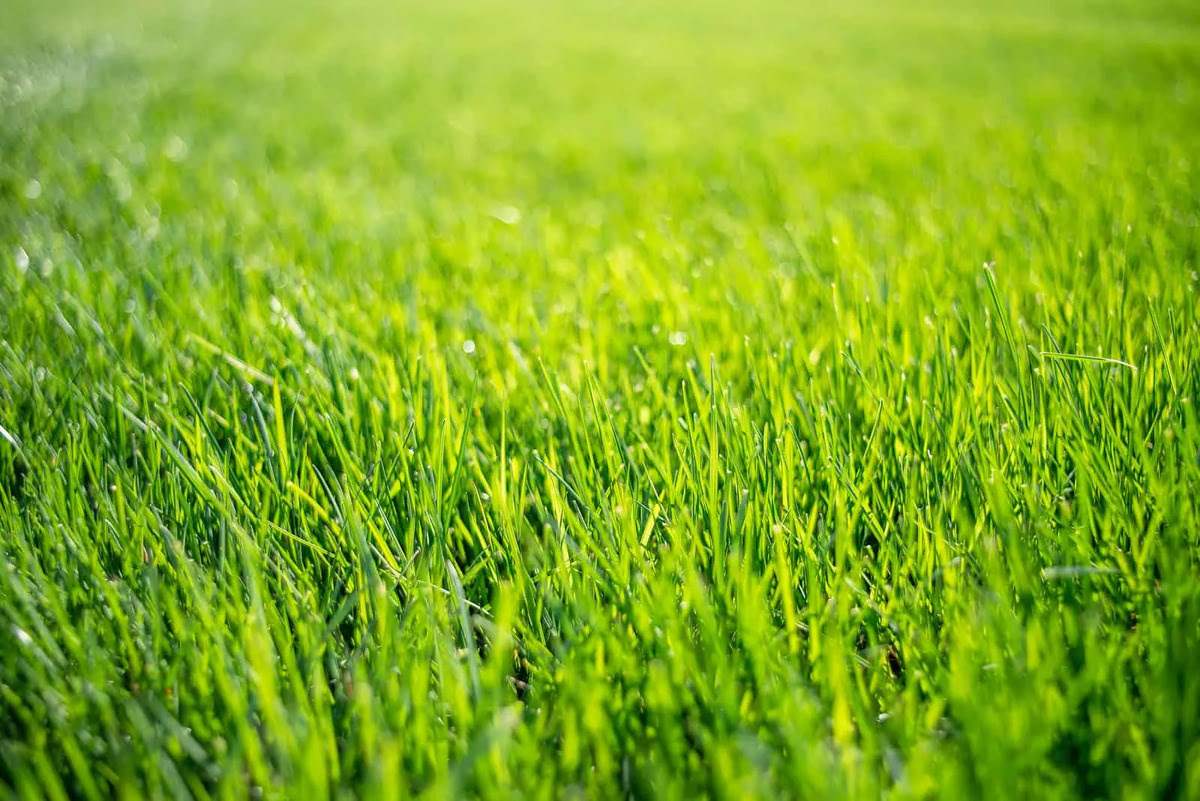
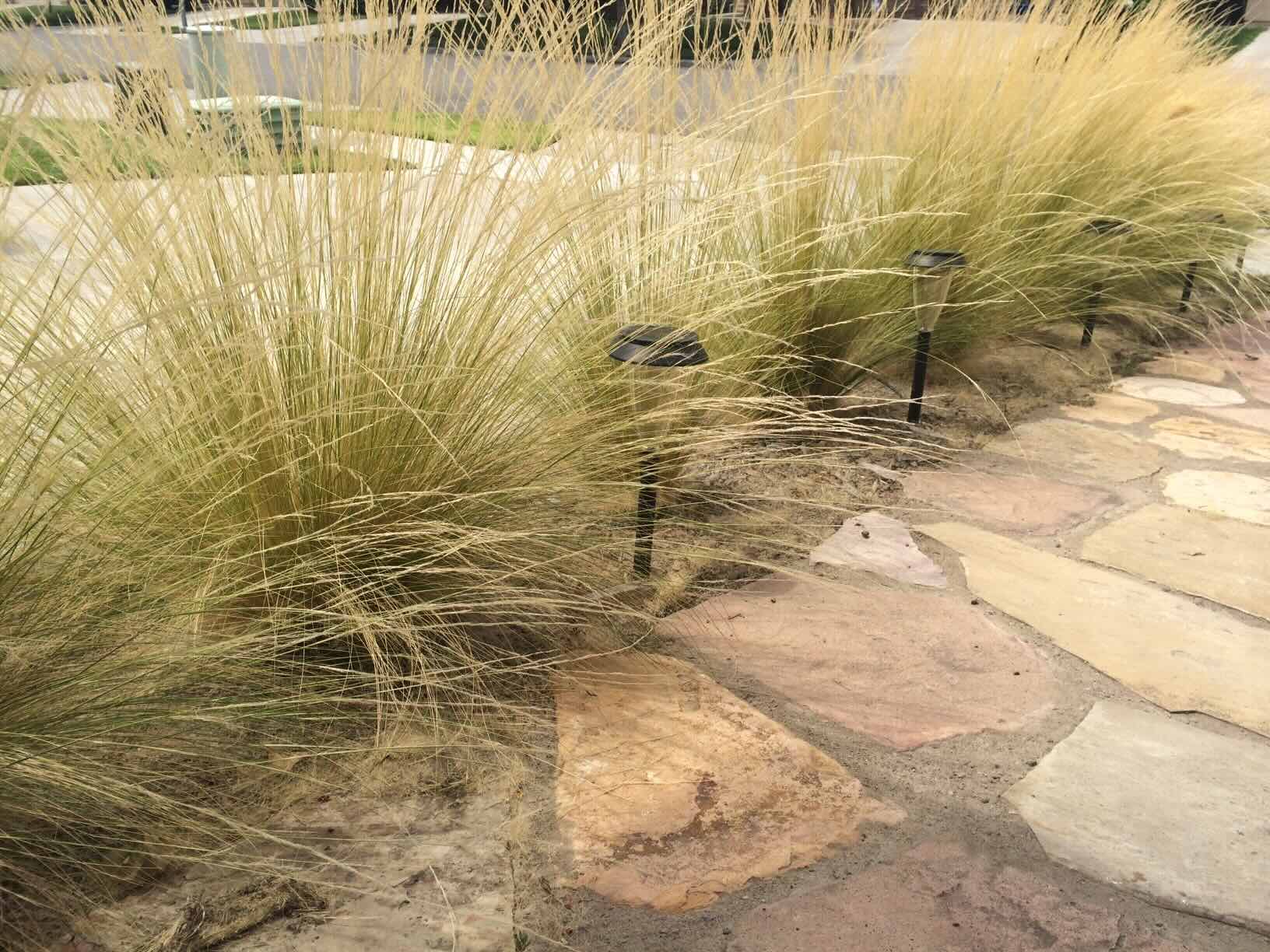


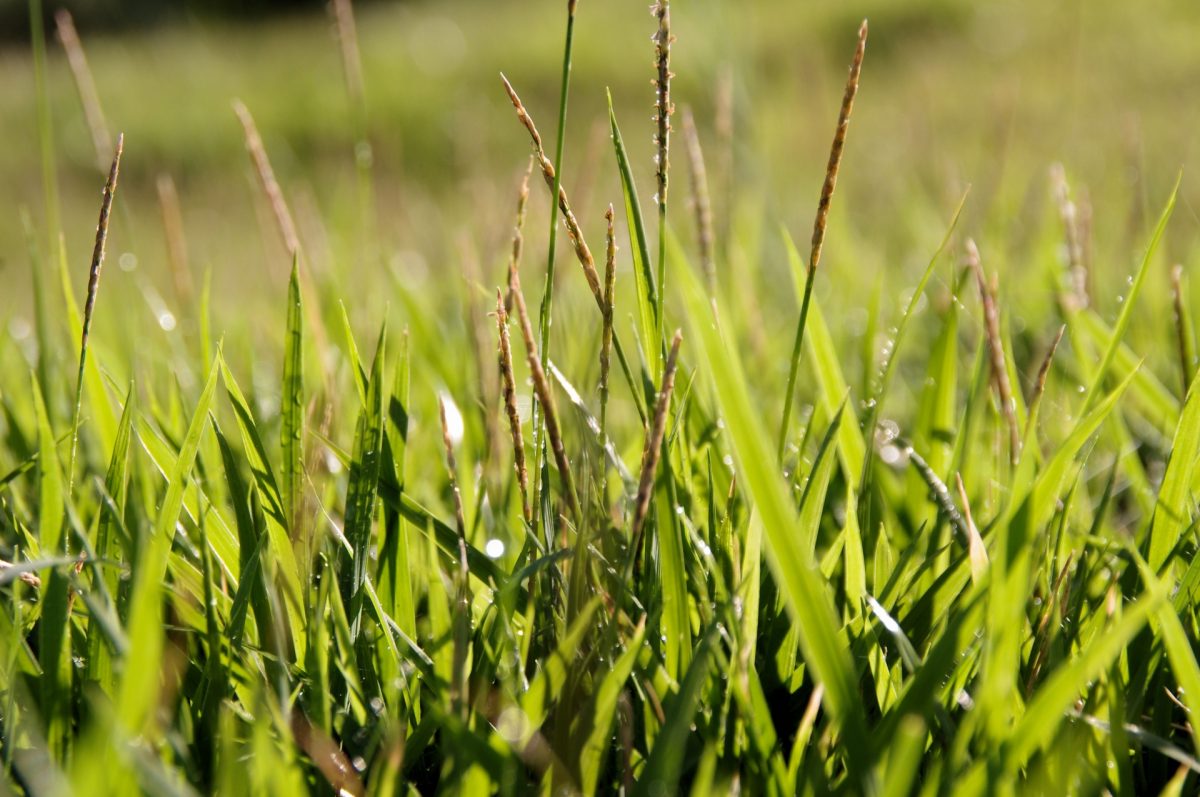
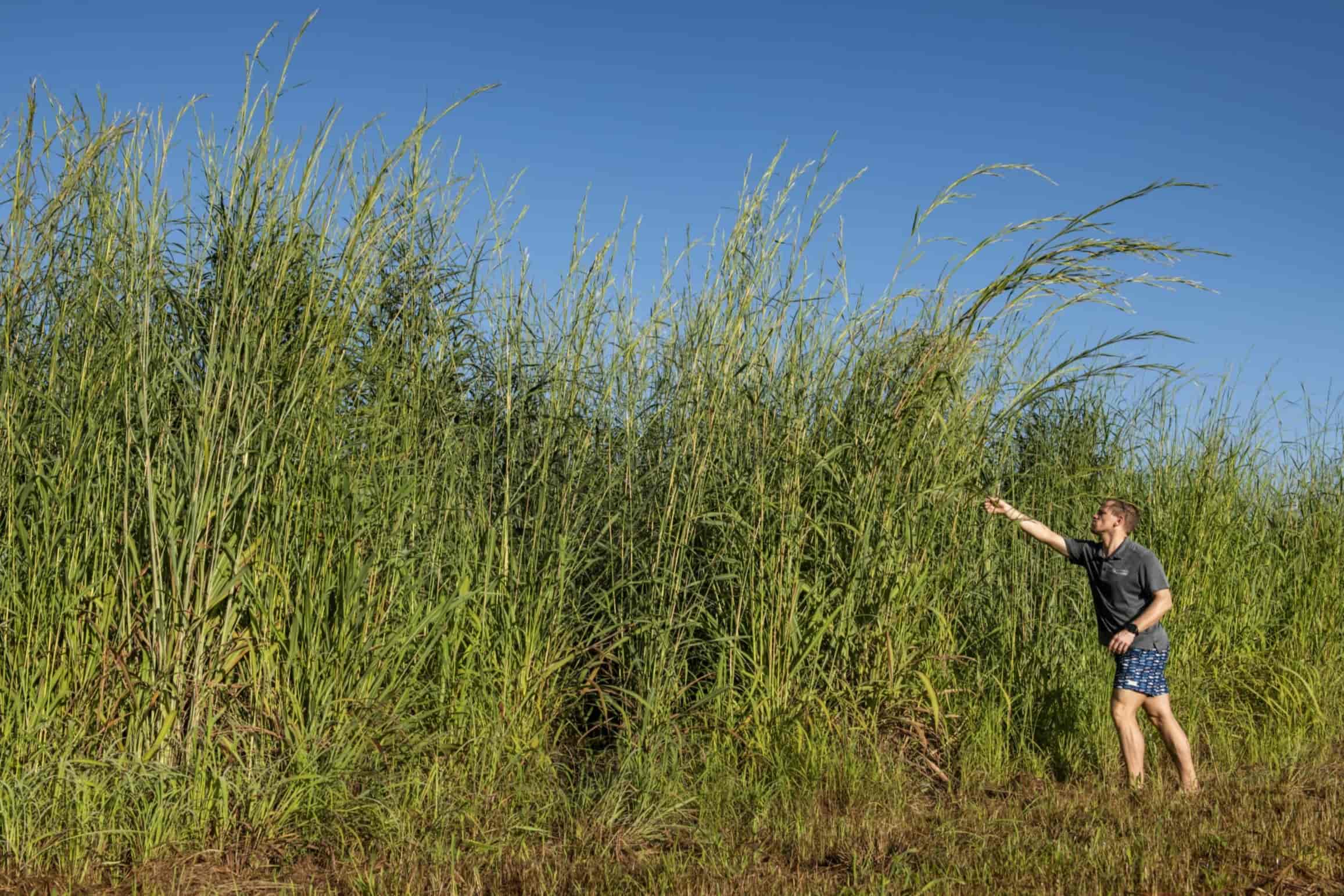

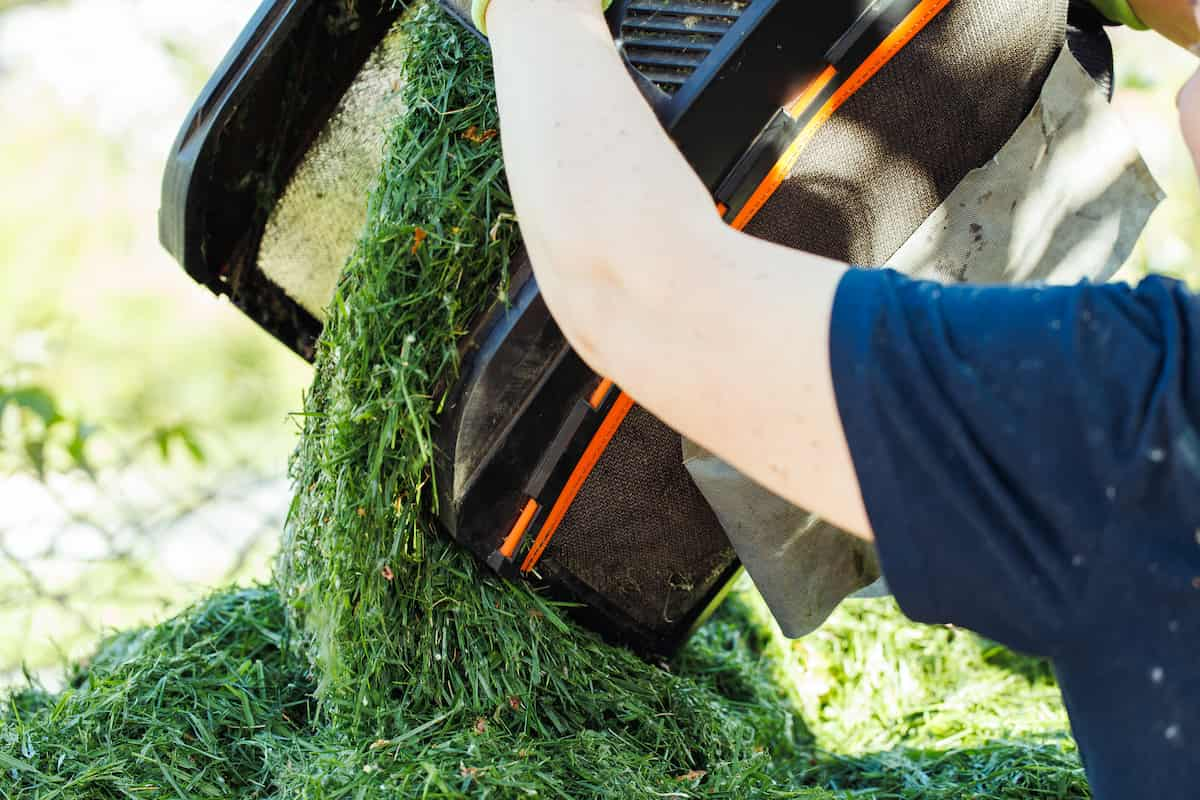
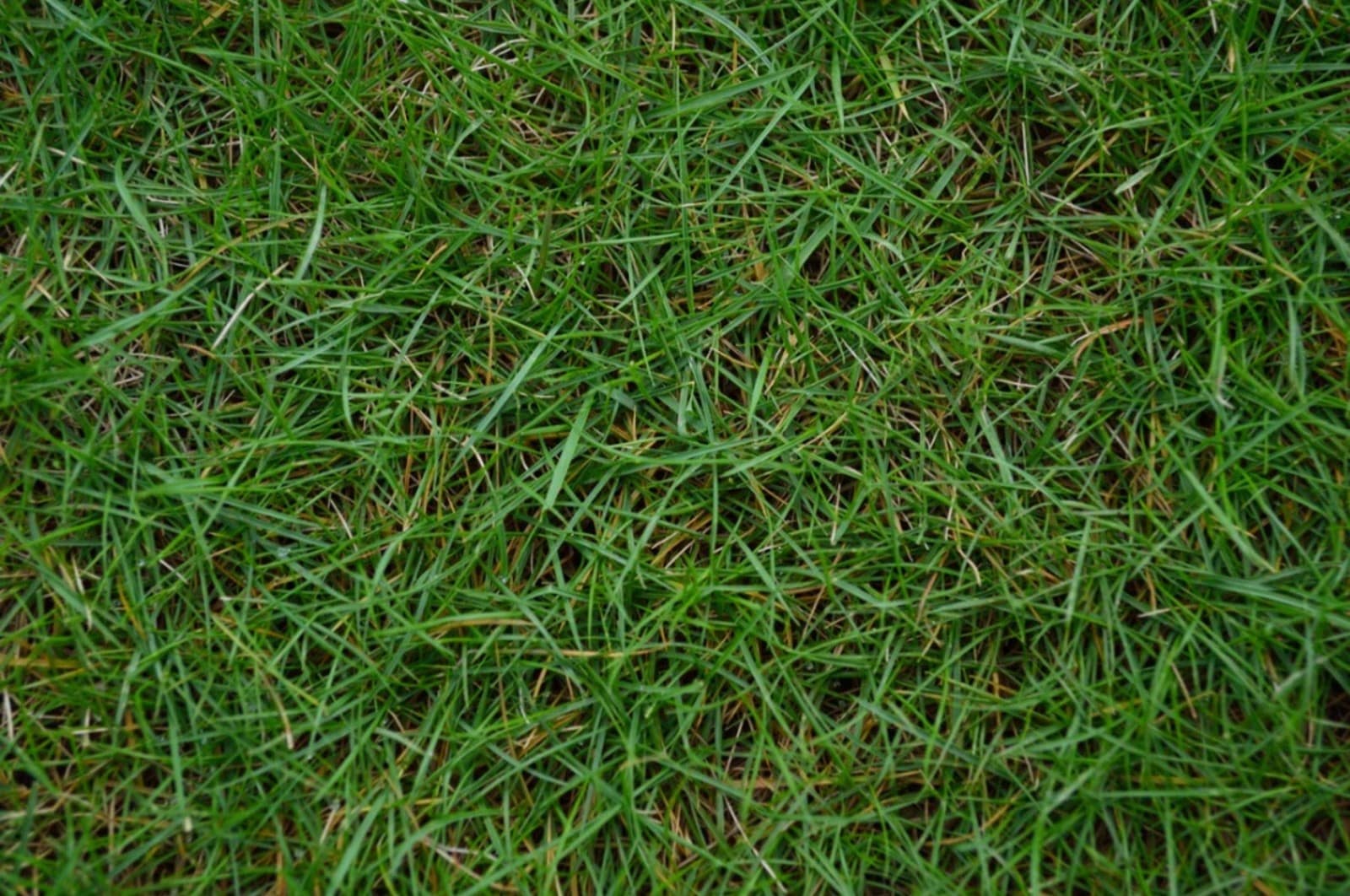
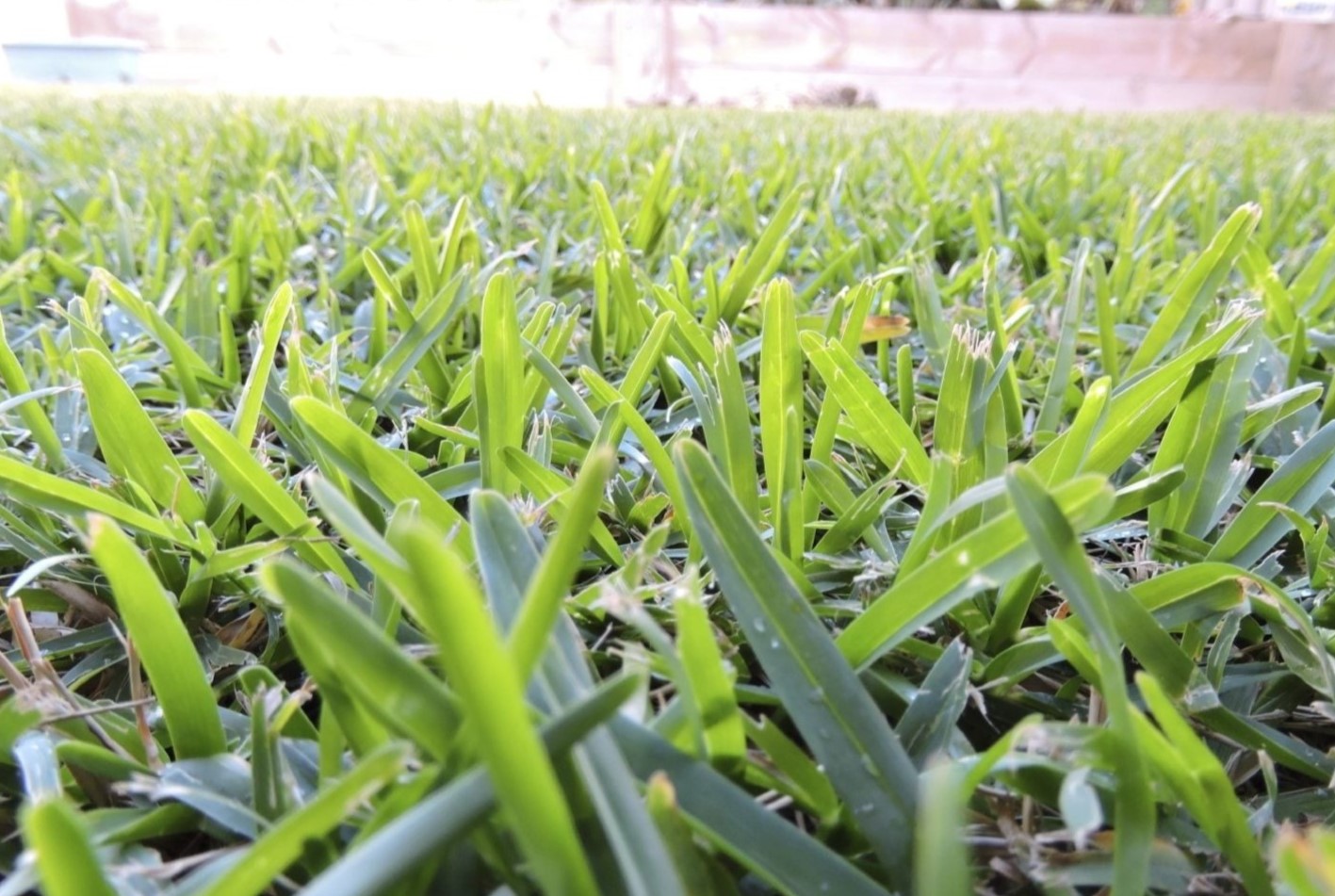

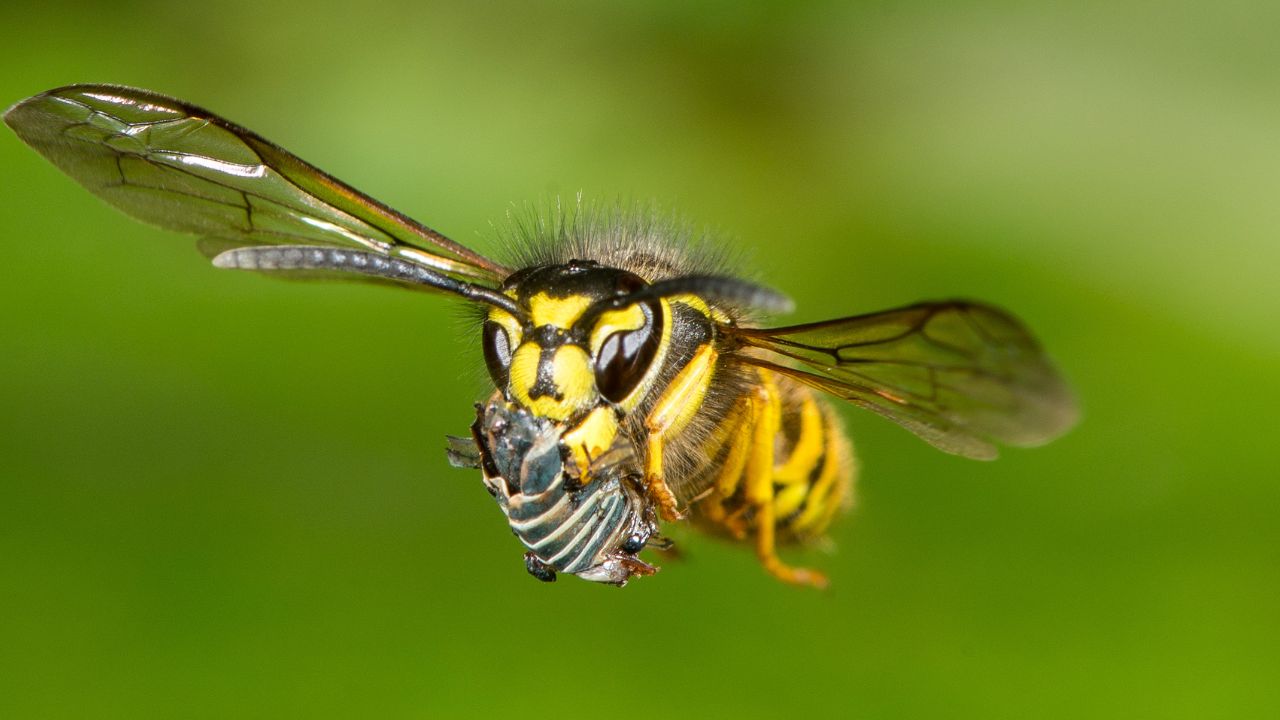

0 thoughts on “How Fast Can Grass Grow”